Scientists have developed a novel type of “microscopic humanoid cell robot” named “Anthrobots.” These “robots” are created using human tracheal cells and can self-assemble, move, and, when added to injured neurons, assist in their self-repair. The research was published on November 30th in the journal Advanced Science.
The researchers suggest that “Anthrobots,” manufactured from human tracheal cells, could be used for personalized medicine, with potential applications in cancer discovery, tissue repair, and even plaque removal from blood vessels.
Led by developmental biologist Michael Levin from Tufts University in the United States, the team previously created the first batch of microscopic robots called “Xenobots” four years ago. These robots were assembled by “sewing” together heart and skin cells from African clawed frog embryos, forming cilia-containing organoids capable of crawling and swimming.
However, the medical applications of these “hybrid robots” were limited as they were not derived from human cells and had to be manually shaped into the desired form.
In the new study, Levin’s graduate student Gizem Gumuskaya created a new generation of “robots” using adult tracheal cells. The researchers aimed to utilize the cilia of tracheal cells as tiny “oars” to aid the movement of the “robots.” Gumuskaya explained that tracheal cells were chosen because they are relatively easy to obtain and contribute to the study of lung diseases.
The team cultured spherical clusters of human tracheal skin cells in gel for two weeks, then removed these cell clusters and cultivated them for an additional week in a solution with lower viscosity. This caused the cilia, tiny hair-like structures on cells, to move outside the spherical clusters instead of inside. Researchers found that each resulting “Anthrobot” contained hundreds of cells, exhibiting various patterns of movement—some moved in straight lines, others followed circular or arced trajectories, and some moved chaotically.

To test the therapeutic potential of these “Anthrobots,” Levin and his colleagues placed several of them in a small dish, where they fused to form a “superobot.” They then placed the superobot on the surface of damaged neural tissue. Within three days, the damaged neurons completely healed.
“This is surprising because ‘Anthrobots’ cells can perform repair functions without the need for any genetic modification,” said Gumuskaya.
Levin and Gumuskaya noted that the research is still in its early stages, aimed at exploring whether these “robots” could be applied in the medical field. While they were amazed at how “Anthrobots” contributed to the repair of damaged neural areas, the mechanism of healing remains unclear.
Falk Tauber from the Interactive Materials and Biomechanics Center at the University of Freiburg in Germany stated that this research lays the foundation for future use of “biological robots” with diverse functionalities.
Levin emphasized that these “robots” are not expected to pose any safety or ethical concerns. “These robots are not made from human embryos, and there is no involvement in any form of genetic modification. Their living environment is also very limited and cannot survive outside the laboratory. Additionally, they have a natural lifespan and typically degrade within a few weeks,” he explained.
According to reports from Scientific American, Levin and Gumuskaya acknowledged that this research is controversial. Jamie Davies, a developmental biologist at the University of Edinburgh in the UK, expressed skepticism, stating that once the spherical clusters are released from the gel matrix, cilia movement is almost inevitable due to Newtonian mechanics. He considered it a purely accidental function and questioned how a cell cluster with waving cilia could be justified as “robots.”
Levin and his colleagues believe that whether or not there is genetic engineering involved, “Anthrobots” made from human tissues could be used for tasks such as clearing arteries, breaking down mucus, or delivering drugs. By combining several cell types and exploring other stimulating factors, it may also be possible to develop “biological robots” made from biomaterials with potential applications in sustainable cell outer space construction and exploration.
“Once we understand what a community of cells is willing and able to do, we can start to control it, not just for independent ‘robots’ but also for regenerative medicine, including regrowing limbs,” Levin said.


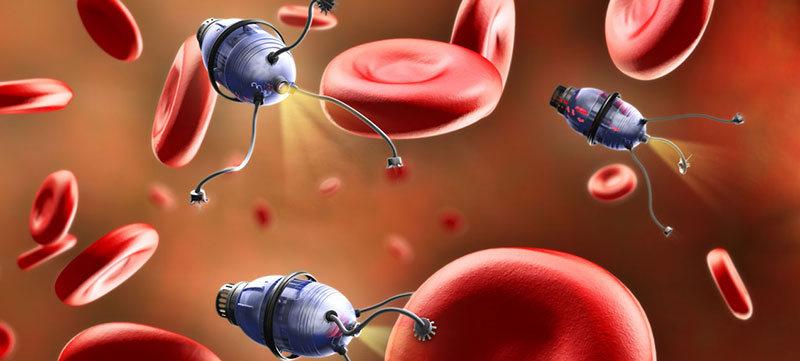
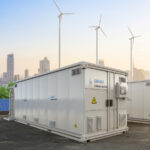




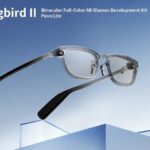
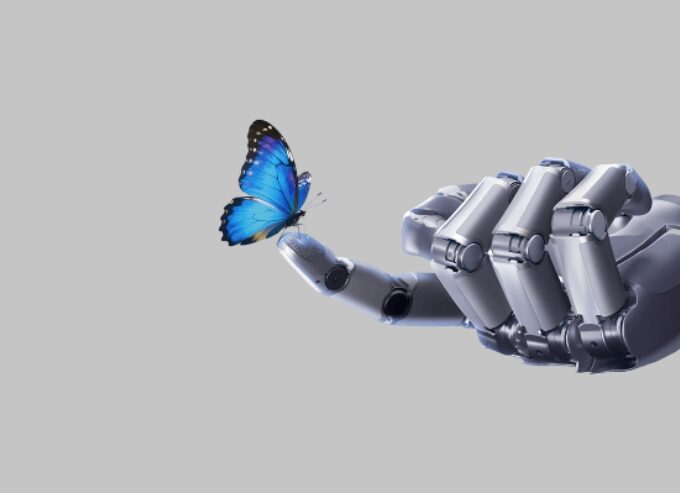
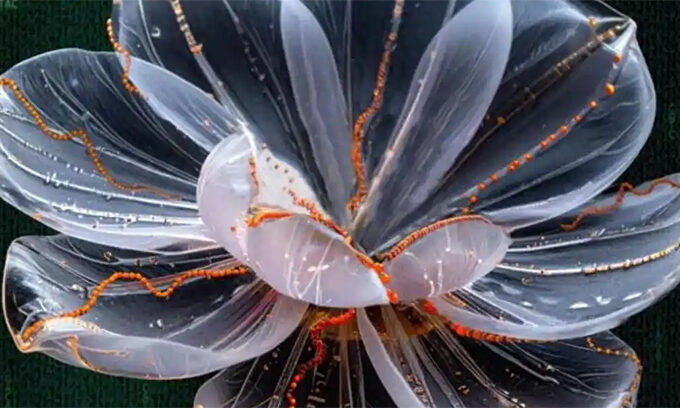
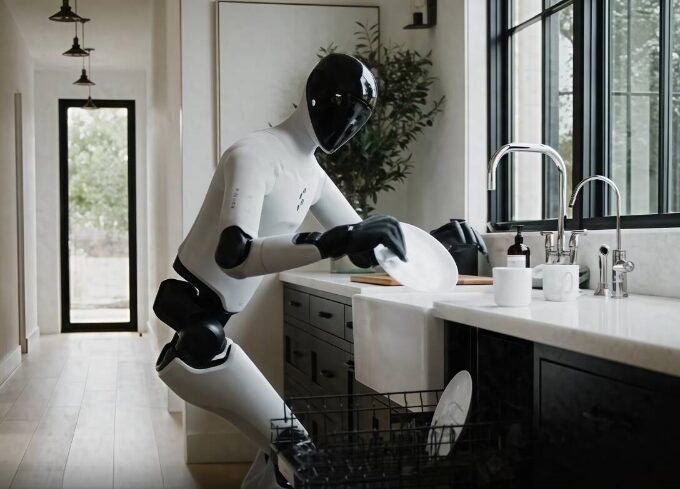
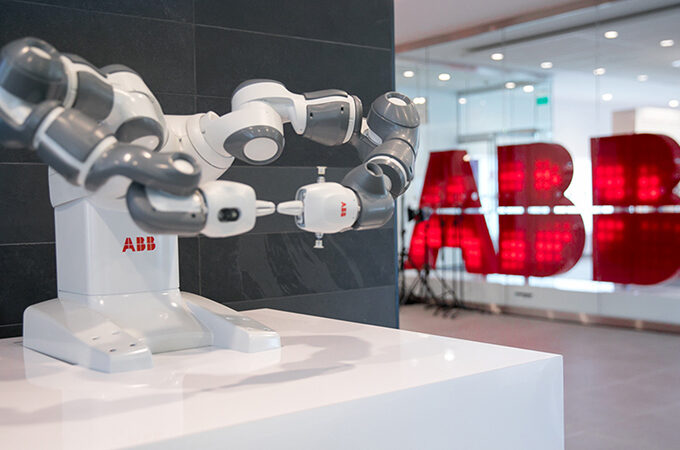
Leave a comment